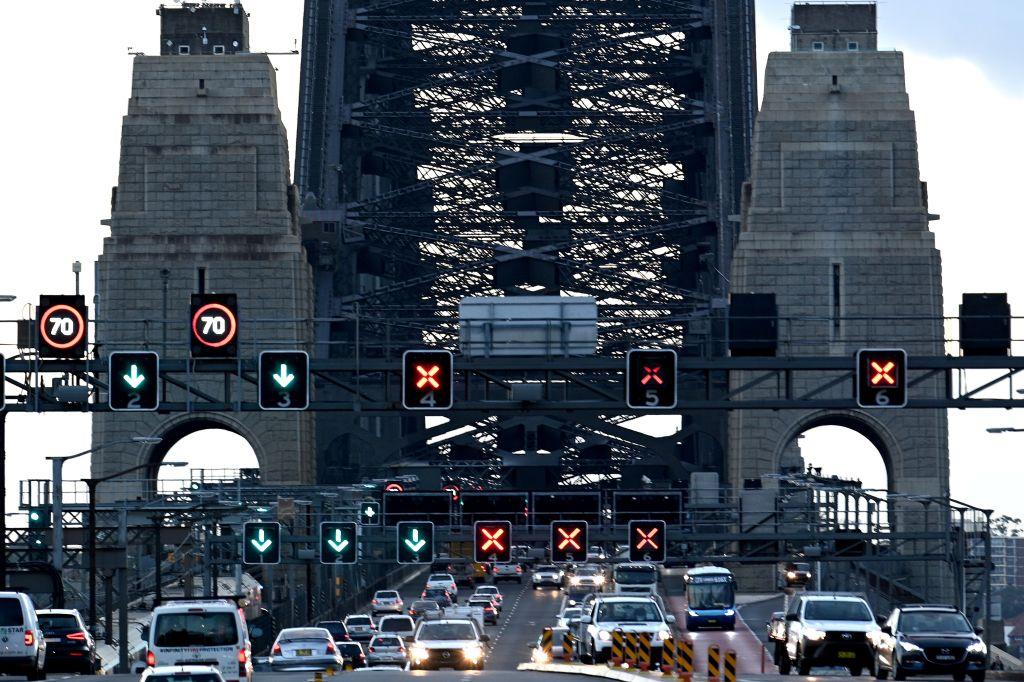Paul Scully says AI technology, like ChatGPT, could help developers fast-track building consents by identifying issues with proposals before they are submitted for approval.
He has directed his department to conduct a “global search” for the best examples of AI and machine learning technology being used in the planning process.
“And it may not be in the assessment side of things that AI comes in; it may be in the proponent side of things, where people can run their proposal through the system and see where there might be problems early on,” he told a Property Council of Australia summit on Wednesday.
“So we can concentrate on where the difficulties might be and where the challenges might be in a particular proposal rather than every single aspect of it.”
“That’s partly because people aren’t now thinking, how will I buy a house in Sydney or even spilling into those areas like the Central Coast, the Hunter and the Illawarra, but they’re thinking how will I afford to rent in some of those areas,” he said.
While he wants to make it easier for developers to get planning approvals and densify areas around transport hubs, the minister warned them not to take it as an invitation to “build crap”.
“Don’t do it. The social licence for development has been diminished over time because of rubbish proposals,” he said.
“We have to build in a more sustainable manner more generally.”
“We go from a 20-storey building to a detached house next door around some of these metro stations,” he said.
The reforms to how contributions are collected will provide communities in high housing growth areas with $1 billion in new infrastructure funding over the forward estimates and a further $700 million per year into the future, closing the infrastructure time gap, Scully said.
Urban Taskforce chief executive Tom Forrest attacked the Housing Productivity Contribution as a new tax on housing supply, saying it will add $10,000 to the cost of delivering a new apartment and $12,000 to delivering a new house.
“Put simply, this new tax will result in many projects stalling before construction starts,” he said.
“It will not deliver the anticipated revenue, and worse, it will work against the government’s stated commitment to deliver on housing supply.”





